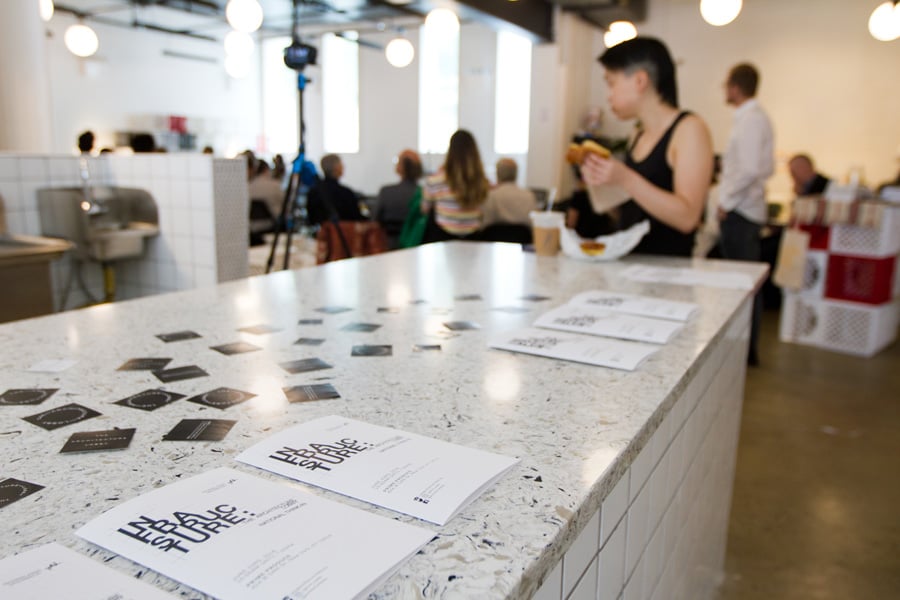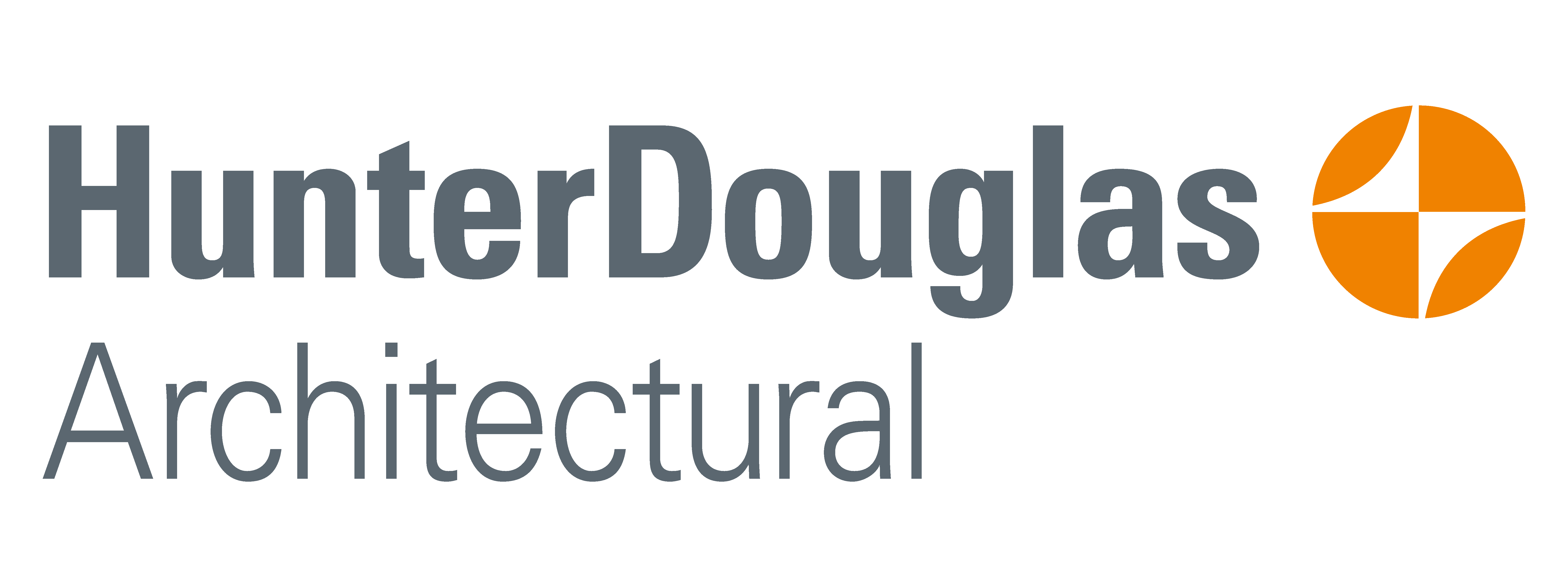
June 25, 2018
The Architecture Lobby Stages a Radical Alternative to the AIA Conference on Architecture
The non-profit hosted a participatory day-long “Think-in” taking aim at the profession’s most hot-button issues including labor and equity.

What felt like the entire U.S. architectural community descended upon New York this past week to attend the annual AIA Conference on Architecture for what the institute described as “three immersive days of what’s new and now in architecture and design.” The convention, which also included an expo during which more than 800 brands peddled their wares to architects, arguably showcased the state of architecture today. And for some, this is precisely the problem.
Enter the Architecture Lobby (T-A-L). The non-profit, as its name might suggest, is dedicated to the politicization of architectural practice and advocacy by and for architects. A larger organization formed of distinct local chapters, T-A-L’s mission is summed up in a 10 point manifesto, beginning with the provocation that architects are “precarious workers,” and highlighting the various inequities built into architectural practice.
On the last day of the AIA’s massive conference, T-A-L convened their own answer back, a national “think-in.” While the all-day event, themed, Infrastructure, took aim at the topic in a literal sense via discussions on cities and resiliency, its main concern were the social and political underpinnings of architectural practice.
In large part, these professional concerns were appropriately set against the looming presence of the AIA. Architect and Yale faculty member Peggy Deamer, one of T-A-L’s founders and most prolific and polemical writers, was unequivocal on the impetus behind the timing of the think-in, sharing that she was “impatient with the AIA,” while T-A-L member Keefer Dunn advocated for “reforming the AIA from within while proposing a new, revolutionary alternative.”
Though obviously much smaller than the AIA conference, which took place in the nearly 2 million-square-foot Javits Center, dozens participated in the T-A-L think-in throughout the day, with many young, unlicensed architects in attendance as well as more seasoned professionals —including one attendee up for an AIA board election.

The think-in format that took a novel, non-hierarchical approach for its sessions in the Hell’s Kitchen space Prime Produce. Instead of the traditional style of panelists on stage facing an audience in rows, speakers sat around a central table with audience members circling them, packed in on incongruously arranged stacks of milk crates. And while many conferences purport to make audience members into participants, this think-in was a rare example of egalitarian participation actually happening, leading to what the event’s description described as “radical democracy.”
This spatial arrangement reflects T-A-L’s mission. The organization is committed to de-centering individual genius in architecture and highlighting the many designers, engineers, administrative professionals, contractors, and construction workers that it takes to actually make a physical building—as one audience member put it to laughter and applause: “[people will say] Frank Gehry ‘built’ that building. No he didn’t!”
After opening statements by Deamer, the day launched into the “Hard Infrastructure” —discussions of cities and climate change —followed by the “Soft Infrastructure”— sessions on labor, the #MeToo movement, and architectural practice. Each of the day’s five sessions began with a moderator issuing a “provocation” to which the official participants, as well as the audience members, responded.
And respond they did. When audience members noticed that a #MeToo panel was comprised entirely of white women, the panel received rightful call-outs—as well as recognition for what they did well. Participants went on to add their own experiences and proposed various alternative and intersectional modes of addressing discrimination and harassment in the workplace.
The think-in also took aim at the AIA itself. In the final discussion, “Alternative Forms of Professional Organization,” panelists asked how the U.S. architectural field might deprofessionalize and organize itself. Katherine Darnstadt of the Chicago-based firm Latent Design (and also a participant in the main AIA convention), spoke incisively about how architecture as an industry colludes with capitalism and colonialism and manifests in the built world as a “subversive cartography of power that overlays all of our cities” and called for architects to become active in making a better, more equal society by organizing and participating politically—including in actual policy and lobbying.
Participants and audience members consistently pointed out that the architectural profession’s glorification of overwork, hierarchical structures, and disparagingly low pay means that, as a whole, most architects working today do not occupy a privileged, petit bourgeois position, but rather a proletarian one—that is, the architect is a laborer and should be in solidarity with those who are building their structures.
However, for all of the discussion surrounding labor and the need for professional organizing (and reorganization) the think-in’s purpose was much more universal—a call for a more just architecture and for a more just world.
You might also like, “At the AIA Conference, Public Health Emerges as a Powerful Tool for Architects.”
Recent Viewpoints
Viewpoints
Navigating the Path to Net Zero










